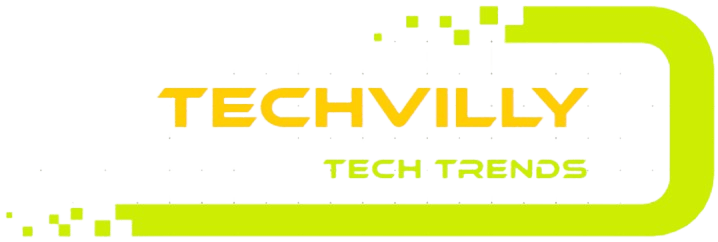Artificial Intelligence (AI) has become one of the most transformative forces in the modern creative industry. From graphic design to video production, AI-driven tools are reshaping how professionals approach content creation, collaboration, and storytelling. What once took days of manual effort can now be accomplished in hours, allowing creators to focus more on creativity and strategy rather than repetitive technical tasks.
The influence of AI on creative workflows is not about replacing human talent—it’s about enhancing it. Forward-thinking agencies like PhoeniX Creators are leading this transformation by integrating AI-powered tools into their production processes. Their approach highlights how automation and machine learning can streamline creative operations while preserving the authenticity and originality that define great content. This balanced use of technology ensures that innovation works hand in hand with imagination.
How AI Is Transforming Creative Processes
AI has introduced a new level of efficiency and precision to creative work. Designers now use AI-assisted platforms to generate visual assets, while marketers rely on predictive analytics to understand audience behavior. In video editing, AI algorithms can automatically tag scenes, balance colors, and even recommend edits that align with viewer preferences. These advancements reduce manual workloads and enable creators to focus on storytelling and design innovation.
For example, tools like generative design software can produce multiple layout variations based on user input, helping creatives explore different concepts in less time. Similarly, AI-based writing assistants help generate high-quality content quickly while maintaining brand tone and voice. The result is a faster, more adaptive workflow that supports both experimentation and efficiency.
Enhancing Collaboration and Productivity
AI tools have also transformed how creative teams collaborate. Cloud-based platforms powered by machine learning allow teams to share, review, and edit projects in real time, regardless of location. This level of accessibility promotes smoother communication and accelerates project completion.
Moreover, AI-powered project management tools can analyze task progress, predict potential delays, and even optimize resource allocation. These insights help creative professionals manage multiple campaigns more effectively, ensuring deadlines are met without compromising quality. The integration of automation also frees up valuable time for brainstorming and conceptual development, which are the core strengths of creative professionals.
Personalization and Audience Insights
One of the most powerful contributions of AI to creative workflows lies in data-driven personalization. Through AI analytics, creators can understand audience preferences, behaviors, and emotional responses to specific types of content. This insight allows for more targeted campaigns and improved audience engagement.
For instance, AI algorithms can evaluate which design elements, colors, or tones resonate most with viewers, enabling creators to fine-tune their visuals and messaging. As a result, marketing materials become more relevant and effective. Personalization powered by AI helps brands establish stronger emotional connections with their audiences, turning passive viewers into active participants.
Challenges of AI in Creativity
While the benefits of AI are undeniable, its integration into creative workflows also raises important challenges. One of the key concerns is maintaining authenticity and originality. Overreliance on AI-generated content can lead to generic outputs that lack human touch. Creativity thrives on emotion, perspective, and storytelling—qualities that machines can enhance but not replicate.
Another challenge involves data ethics and intellectual property. AI models learn from vast datasets, and improper use of copyrighted material can pose legal risks. Therefore, creators and agencies must ensure transparency and responsibility when using AI tools to protect both artistic integrity and ownership rights.
The Future of AI in Creative Industries
As AI technology continues to evolve, its role in creative industries will expand further. In the near future, we can expect even more intuitive tools capable of understanding complex artistic preferences and generating highly customized solutions. Virtual and augmented reality, powered by AI, will redefine immersive storytelling experiences.
However, the essence of creativity will always depend on human imagination. AI serves as a partner, not a replacement. The creators who can master the balance between technology and artistry will lead the next era of digital innovation. Agencies and professionals who embrace AI as a collaborative tool will remain ahead of the curve, delivering smarter, faster, and more impactful creative outcomes.
Conclusion
The integration of AI into modern creative workflows marks a significant turning point in how content is conceived and produced. From automating repetitive tasks to enabling real-time collaboration and personalization, AI empowers creators to push the boundaries of innovation. Yet, the heart of creativity remains deeply human—driven by emotion, intuition, and storytelling. By combining technological intelligence with human insight, today’s creators can craft experiences that resonate, inspire, and endure in the ever-changing digital landscape.

